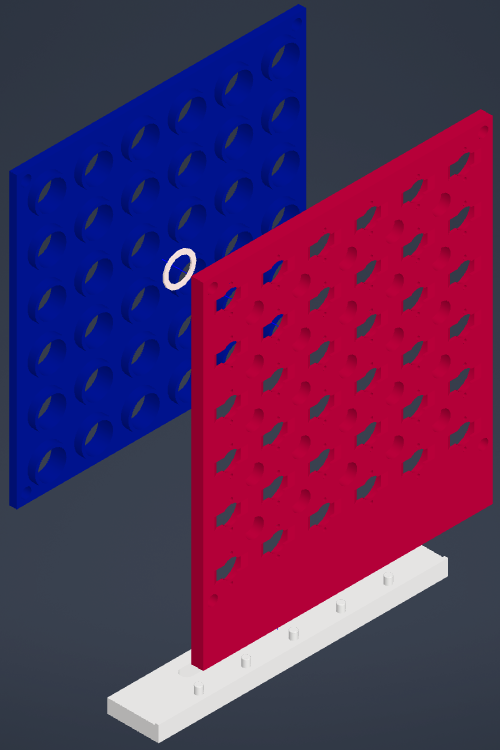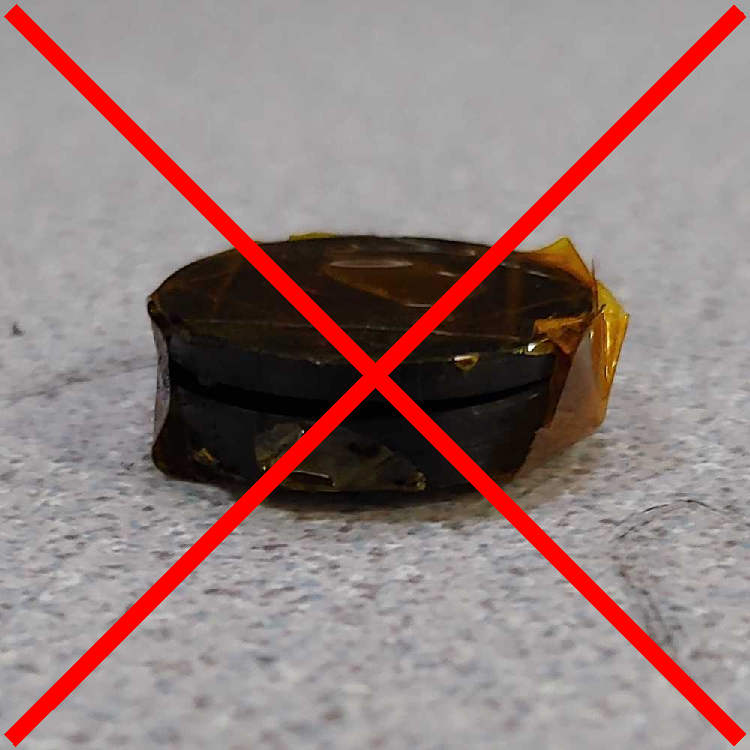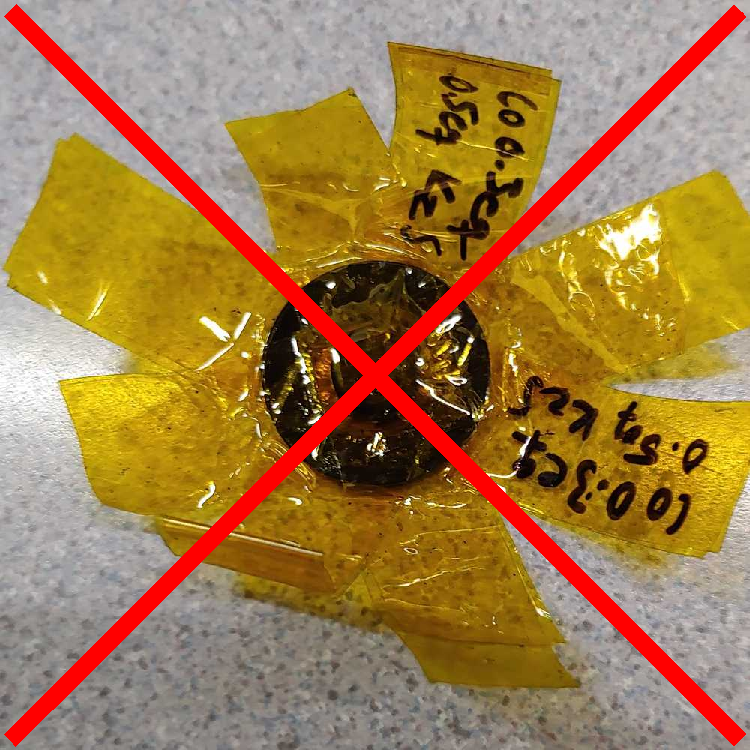![[ M_R_C_A_T ]](images/mrcat.png)
Experiment planning and sample preparation information for MRCAT mail-in access during Limited Operations mode of the Advanced Photon Source, starting June 10, 2020.
![[ M_R_C_A_T ]](images/mrcat.png)
|
Mail-in Details
Experiment planning and sample preparation information for MRCAT mail-in access during Limited Operations mode of the Advanced Photon Source, starting June 10, 2020. |
The first step in obtaining Rapid Access mail-in time at MRCAT is to contact the MRCAT Scientific Staff to determine if your samples are suitable for mail-in.
Carlo Segre — Operations Manager <segre [at] illinoistech.edu> Joshua Wright — Primary ID line contact <jwrigh10 [at] illinoistech.edu> Yujia Ding — Sector scientist <yding12 [at] illinoistech.edu> Ning Su — Sector Postdoc <nsu3 [at] hawk.illinoistech.edu> Once we have helped you determine which samples can fruitfully be measured in mail-in mode, you will need to:
- if you do not have a scheduled General User Proposal, submit a Rapid Access Proposal and Beam Time Request
- submit an ESAF including you as "Mail-in" PI with the "SP" box checked,
- add the MRCAT Staff Members listed above as Beamline Support,
- make sure you electronically sign the pop-up as the PI and complete any training required,
- prepare a list of samples and edges to be measured along with the method of measurement and type of detector to be used.
Your samples will need to be prepared as discussed below and then mailed to:
MRCAT
c/o Argonne National Laboratory
9700 S. Cass Ave.
Bldg. 433B, Sector 10
Argonne, IL 60439
We have standardized on a sample holder that accepts samples mounted in Nylon washers. The washers are 0.75" OD and can be purchased at McMaster Carr.
90295A470 — Nylon plastic washer: OD 0.75", ID 0.39" (for small samples)
90295A492 — Nylon plastic washer: OD 0.75", ID 0.505" (for large samples)
Mount the samples to the washers using Kapton tape, also available at McMaster Carr. We recommend the thinnest tape with acrylic adhesive to minimize absorption
7648A734 — Kapton tape: acrylic adhesive, 3/4" Wide, 15' Long, 0.0025" overall thickness


Fig. 1 - Front and back exploded views of the MRCAT 36-sample holder: base (grey), mounting plate (red), and retaining plate (blue). The MRCAT Mail-in Sample Holder has been designed to standardize mail-in samples for ease of loading and setup as well as remote operation by either the user or beamline scientists. The design consists of 3 parts: the base, the mounting plate, and the retaining plate. The base has pegs to position the mounting plate when being glued. The 3D models in STEP and STL (ready to print) are available for download if you wish to print your own or modify it and send it to us with samples already mounted. When printing, please use a resin that has no metal additive for color and make sure these large parts are perfectly flat. Please note, because of tight part tolerances, modifications to the STEP files may be necessary depending on the method of printing. Inquiries about the sample holder design can be directed to Mark Warren.
The samples, mounted in nylon washers and sealed with Kapton tape, fit into the base/mounting plate assembly and are held in place by the retaining plate which is secured with 10-24 nylon screws.
The sample holders available at MRCAT were printed by Influit Energy using VeroClear and an Objet30 Pro printer.
For ex situ, mail-in samples in powder form, we request that you send them to us already prepared for measurement with instructions on which edges to measure. Samples can be spread on tape and mounted as below but our preference is to have the samples in pellet form and then mounted in the holder.
We recommend pellets of 7 mm diameter or so to match our beam size at 45 degree mounting angle. This will ensure a uniform sample measureable in either transmission and fluorescence,or both. A 7 mm die can be purchased from International Crystal Labs
Quick Press KBr Pellet Kit


Fig. 2 - Hard to mount and measure samples. We don't necessarily recommend the whole kit as the hand press is a bit challenging to open if you press it too much (we use a small tabletop vise) but the 7mm pellet die is compact and easy to handle.
The pellet can best be made by grinding an appropriate amount of sample for the edge you wish to measure with boron nitride (corn starch or sucrose will also do) and a binder such as PVDF until there is a uniform color and then pressing a pellet. We use a spreadsheet to determine the amount of sample needed for the ideal transmission edge jump of 1.
When preparing and mounting your samples, please try to:
- use only one washer - it is ok if your pellet is thicker than the washer
- trim the excess tape around the edges or we won't be able to fit the sample in the holder without modification
- cover your sample with only one layer of tape to cut down on absorption
If your samples cannot easily be accomodated in the Nylon washers, please contact an MRCAT Staff member to discuss sample mounting.